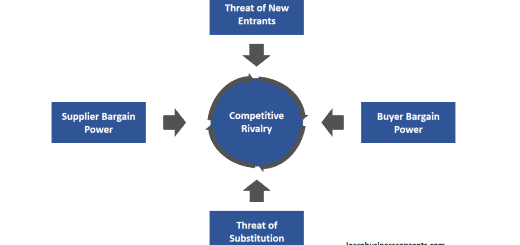How Do Banks Earn Profit from Credit Cards
There are two ways for Banks to Earn Profit from Credit Cards,
- Banks charge interest to the credit cardholder if they fail to settle the outstanding balance before the due date.
- Banks charge fees from the credit card holder for the card service that is offering.
Banks provide credit cards for their customers. Customers can use their credit cards for cash withdrawal, in-store purchases using pos devices, online payments, fund transfers, bill payments, atm cash withdrawals, etc.
Bank allows credit card customers to do purchases using the credit card offered to them. Bank (credit card provider) settle the amount with the Merchant within few days.
The cardholder has the liability to pay back the amount to the bank before the due date. The bank charges interest to the cardholder if they fail to settle the outstanding balance before the due date. This is one method for the banks to earn profit.
Banks charge fees from the credit card holder for the card service that is offering. This is another method for the banks to earn profit.
Examples of credit card fees are,
| Credit Card Fee Name | Credit Card Fee Description |
|---|---|
| Annual Credit Card Fee | Banks charge the annual fee for the credit card service offered to the customer |
| Finance Charge (Credit Card Interest Rate) | Banks charge interest rate if the credit card balance is carried forward beyond the grace period |
| Late Payment Fee | Banks charge a late payment fee if the credit card balance is not settled by the grace period |
| Balance Transfer Fee | Banks charge a balance transfer fee if a credit card balance is transferred to another credit card |
| Card Issuance Fees | Bank charge fees when a debit or credit card is issued to the customer |
| Card Replacement Fees | Bank charge fee to reissue a card if the customer lost their credit or debit card |
| Cash Advance Fee | Bank charge cash advance fee if a customer uses the credit card to withdraw cash |


